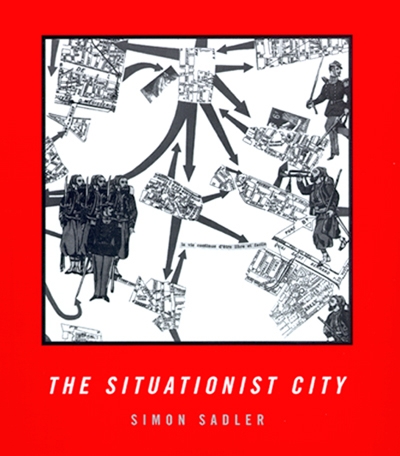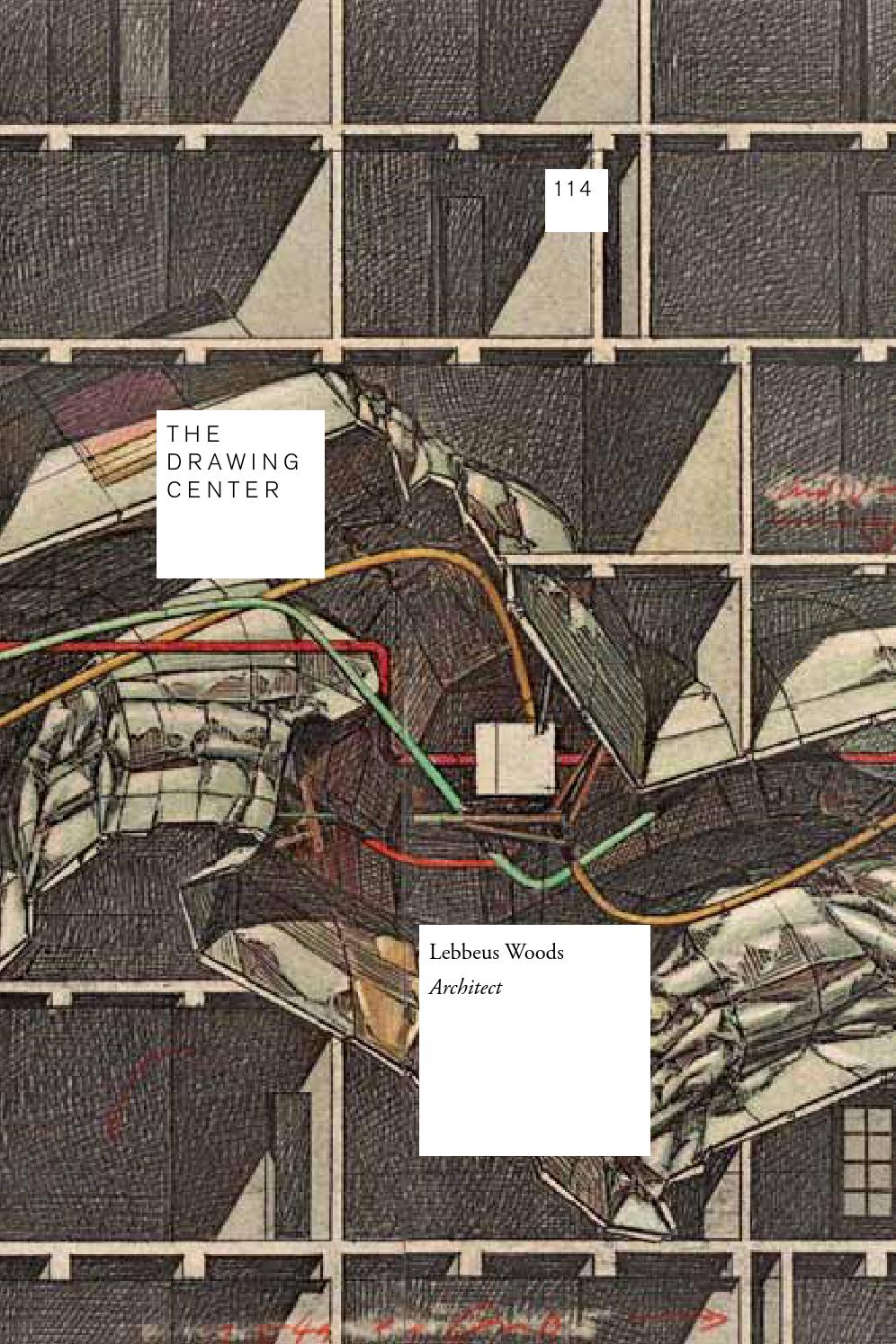Bauhaus Reviewed 1919-1933 (2007)
Filed under sound recording | Tags: · architecture, art history, bauhaus, design

“This full-length archive CD explores the highly influential Bauhaus school of art and architecture, which operated in Germany between 1919 and 1933.
The spoken word element is centred on a revealing talk by Walter Gropius, the architect and theoretician who founded the Bauhaus in 1919. The album also includes contributions from the school’s third and final director, architect Ludwig Mies van der Rohe, as well as teacher Josef Albers. All interviews are in the English language.
The musical content features piano pieces written between 1919 and 1925 by six composers associated with the Bauhaus: Arnold Schoenberg, Josef Matthias Hauer, George Antheil, Stefan Wolpe and H.H. Stuckenschmidt. Several reflect serialism and 12-tone technique; most are performed by Steffen Schleiermacher on piano.
With a generous running time of 72 minutes, the CD booklet also features archive Bauhaus images and liner notes by James Hayward.”
Publisher LTM Recordings (LTMCD 2472), 2007
ISBN 9780955433542
72 min
Reviews: Boomkat (2007), Stephen Eddins (AllMusic, 2008).
MP3s, MP3s (updated on 2017-10-15)
Comment (0)Simon Sadler: The Situationist City (1998)
Filed under book | Tags: · architecture, city, design, situationists, urbanism

“From 1957 to 1972 the artistic and political movement known as the Situationist International (SI) worked aggressively to subvert the conservative ideology of the Western world. The movement’s broadside attack on “establishment” institutions and values left its mark upon the libertarian left, the counterculture, the revolutionary events of 1968, and more recent phenomena from punk to postmodernism. But over time it tended to obscure Situationism’s own founding principles. In this book, Simon Sadler investigates the artistic, architectural, and cultural theories that were once the foundations of Situationist thought, particularly as they applied to the form of the modern city.
According to the Situationists, the benign professionalism of architecture and design had led to a sterilization of the world that threatened to wipe out any sense of spontaneity or playfulness. The Situationists hankered after the “pioneer spirit” of the modernist period, when new ideas, such as those of Marx, Freud, and Nietzsche, still felt fresh and vital.
By the late fifties, movements such as British and American Pop Art and French Nouveau Ralisme had become intensely interested in everyday life, space, and mass culture. The SI aimed to convert this interest into a revolution—at the level of the city itself. Their principle for the reorganization of cities was simple and seductive: let the citizens themselves decide what spaces and architecture they want to live in and how they wish to live in them. This would instantly undermine the powers of state, bureaucracy, capital, and imperialism, thereby revolutionizing people’s everyday lives.
Simon Sadler searches for the Situationist City among the detritus of tracts, manifestos, and works of art that the SI left behind. The book is divided into three parts. The first, “The Naked City,” outlines the Situationist critique of the urban environment as it then existed. The second, “Formulary for a New Urbanism,” examines Situationist principles for the city and for city living. The third, “A New Babylon,” describes actual designs proposed for a Situationist City.”
Publisher MIT Press, 1998
ISBN 9780262193924
ix+233 pages
via heimitokunst, ¯\_(ツ)_/¯
Reviews: Andrew Hussey (LRB, 1999), Notbored (n.d.), Andy Merrifield (Harvard Design Mag, 2000), Rosemary Wakeman (French Polit Cult Soc, 2000), James L. Penner (TDR, 2001), Sarah Deyong (J Society Arch Hist, 2001), Benedict Seymour (Mute, 2004), Natasha Gershfield (Manchester School Arch, 2010).
Comment (0)Lebbeus Woods, Architect (2014)
Filed under catalogue | Tags: · architecture, drawing

“Acknowledging the parallels between society’s physical and psychological constructions, architect Lebbeus Woods has depicted a career-long narrative of how these constructions transform our being. Working mostly, but not exclusively, with pencil on paper, Woods has created an oeuvre of complex worlds—at times abstract and at times explicit—that present shifts, cycles, repetitions within the built environment. His timeless architecture is not in a particular style or in response to a singular moment in the field; rather, it offers an opportunity to consider how built forms impact the individual and the collective, and reflect contemporary political, social and ideological conditions, and how one person contributes to the development and mutation of the built world.
Lebbeus Woods, Architect brings together works from the past forty years by one of the most influential designers working in architecture. Beyond architects, he has been hailed by designers, filmmakers, writers, and artists as a significant voice in recent history, his works resonate across many disciplines for their conceptual depth, imaginative breadth, lasting beauty and ethical potency. The catalogue centers on transformation as a recurring theme, providing a framework for understanding the experimental nature of the work.”
The exhibition originated at the San Francisco Museum of Modern Art (Feb-Jun 2013) and was on view at the Eli and Edythe Broad Art Museum at Michigan State University (Nov 2013-Mar 2014) and The Drawing Center in New York City (Apr-Jun 2014).
With essays by curators Joseph Becker and Jennifer Dunlop Fletcher.
Publisher Drawing Center, New York, 2014
Drawing Papers series, 114
ISBN 9780942324846, 0942324846
129 pages
via publisher
Exhibition (SFMOMA)
Exhibition (Broad Museum)
Exhibition (Drawing Center)
Publisher
WorldCat

